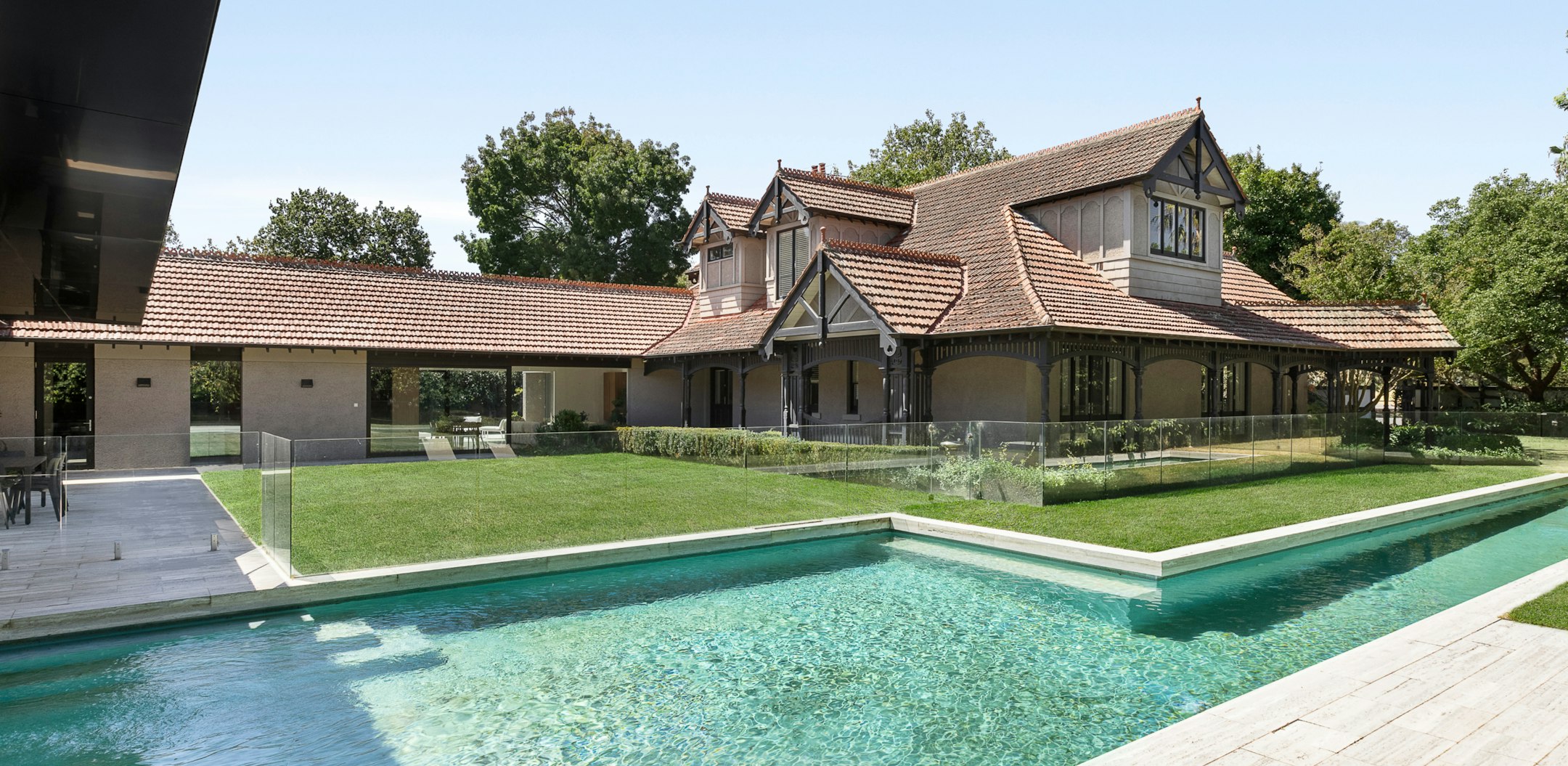As the world moves towards greener, more sustainable living, electric vehicles (EVs) are becoming increasingly prevalent. In Australia, where environmental consciousness is a significant concern due to our unique biodiversity and recent challenges with climate change, the shift towards EVs is seen not just on the roads but also in the design and functionality of homes.
As more Australians embrace EVs, our homes will need to adapt to accommodate the charging infrastructure that comes with this modern technology.
With the Australian government's commitment to reducing emissions, there is a growing push to support electric vehicle infrastructure. New homes are increasingly being built with dedicated EV charging points, even with seating areas and entertainment options to make the charging experience more enjoyable. Many existing homeowners are also retrofitting their garages and carports to include these stations. This will lead to a shift in the way Australian homes are designed and built, with a greater emphasis on sustainability and energy efficiency.
Companies like JetCharge and ChargeFox are leading the way in providing efficient and user-friendly residential charging solutions, ensuring that charging an EV at home is as simple as charging a mobile phone.
The integration of EVs into Australian homes is closely linked with the development of smart energy management systems. These systems help to optimally manage the home’s energy usage, ensuring that the additional load of EV charging does not overwhelm the household’s power supply. Smart systems can schedule charging during off-peak hours to take advantage of lower electricity rates, contributing to cost-effective EV ownership.
Australia has one of the highest rates of solar panel installations per capita in the world. This is good news for EV owners, as it allows them to charge their vehicles using renewable energy generated right from their rooftops. The excess energy produced can be stored in home battery systems like the Tesla Powerwall, which can then be used to charge EVs overnight or during cloudy days, further reducing reliance on the grid and lowering electricity costs.
The Australian government, along with state governments, offers various incentives for EV buyers, including rebates, reduced registration fees, and tax benefits. Some states are contemplating building codes that would require new homes to be EV-ready. This legislative support not only makes it more economical for homeowners to install EV charging infrastructure but also promotes a broader adoption of electric vehicles.
The real estate market is responding to the increased demand for EV-friendly homes. Listings often highlight EV charging as a key feature of properties, particularly in urban areas where environmental sustainability is a significant selling point. Real estate developers are also prioritising these features in new constructions, anticipating future needs and regulations.
On a larger scale, urban planning in Australia is beginning to reflect the needs of an EV-dominant future. Developments include plans for shared EV charging stations in apartment complexes and community centres, which not only cater to residents who may not have individual charging points but also encourage the adoption of EVs by making charging accessible and convenient.
Transitioning to electric vehicles (EVs) supports Australia's eco-friendly objectives and enhances quality of life for homeowners. As a significant step towards sustainability, integrating smart charging infrastructure, renewable energy sources, and innovative home design prepares Australian residences for the EV evolution.




